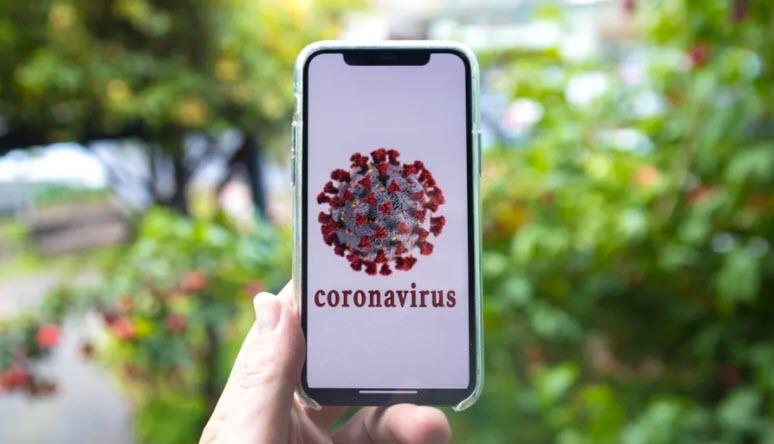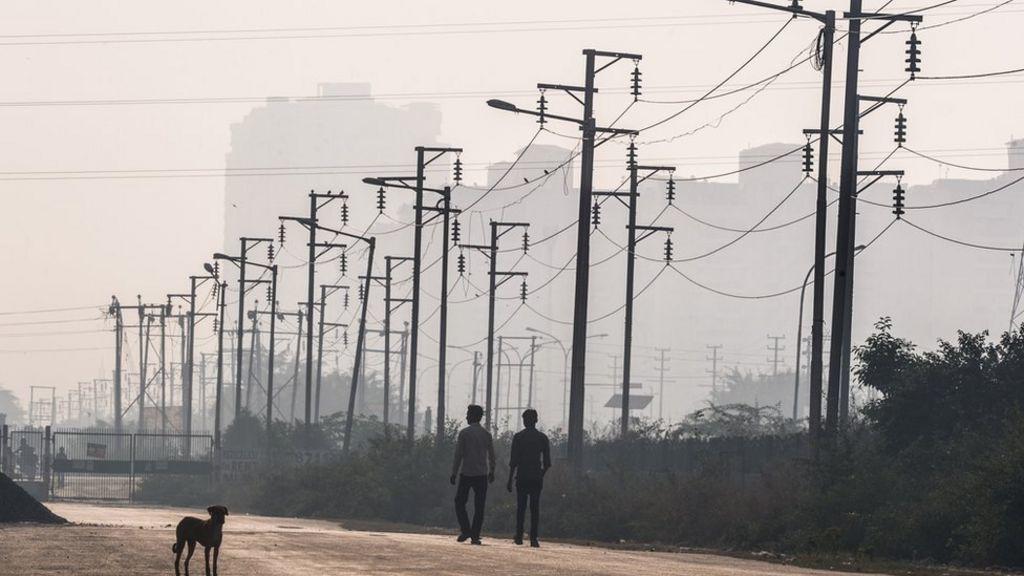NJ Plans To Use HFT Tax To Pay For “Social Justice” Agenda
Tyler Durden
Wed, 09/02/2020 – 23:05
After setting the stage for a new millionaire tax, and hiking gasoline taxes by 22.5%, New Jersey – which has emerged as the most hated state in the US – which is home to both the incorrectly named “New York” Stock Exchange (the TV studio may be located in Manhattan but the actual exchange with the microwave and laser towers is located in Mahwah) and the Nasdaq, proposed a tax on high frequency trading. Yet while both former taxes were meant to shore up the state’s depleted coffers, the purpose of the “hi-freq” tax was a mystery. That mystery was revealed earlier today when senior NJ administration officials said that revenue from a proposed tax on electronic Wall Street trading to expand his “social-justice agenda.”
NJ governor Murphy saw the potential windfall as a shot to expand what he calls his “stronger, fairer” agenda to close New Jersey’s wealth gap, according to the administration officials, who spoke on condition of anonymity because the legislation is in early stages. While to most this simply means even more backroom dealings in one the country’s most corrupt states, to Murphy this is the pursuit of nobility – Murphy prides himself in enacting free county college tuition for undocumented immigrants and expanding no-cost pre-kindergarten in needy communities. And by “free” we of course mean paid for in the form of soaring taxes from all other documented and legal residents.
Perhaps it’s only fitting that those who benefit the most from HFTs end up paying a few pennies on the dollar for every dollar they make frontrunning retail investors via their unofficial subsidiary, Robinhood (something which the regulators finally figured out today).
Additionally, Bloomberg reports that while any proceeds from levies on hundreds of millions of trades processed at data farms inside the state wouldn’t be scored for the fiscal year that starts Oct. 1, the bonanza from the first-of-its-kind state tax could ultimately become a long-term annual source of revenue for New Jersey.
Oh, and it would of course boost progressive appeal for Murphy, a Democrat and retired Goldman Sachs Group senior director, if he campaigns, as expected, for a second term next year. What is it about former Goldman execs – such as Jon Corzine – running the Garden State (right into the ground)? But we digress.
As reported previously, a bill sponsored by Democratic Assemblyman John McKeon calls for a quarter-of-a-cent tax on stocks, options, futures and swaps trading via northern New Jersey electronic data centers. McKeon, in an interview Wednesday, said the state could collect $10 billion annually from entities engaged in at least 10,000 transactions per year, which is about how many transactions HFTs make every second.
Naturally, Wall Street has revolted at the prospect of paying fractions of a cent every time it has to frontrun retail traders, and some industry executives said such a tax would raise nowhere near such projections, predicting it could undermine the functioning of markets and New Jersey’s standing as the center of U.S. financial-data processing. Servers are warehoused in Mahwah, Secaucus, Carteret and other locations.
McKeon, the Assembly sponsor from West Orange, described the quarter-of-a-cent rate as flexible — “a good placeholder, and now conversations take place.” He cast doubt on the ability of data centers to easily move from the Manhattan area, as trading speed can decay over distance.
“It’s not like they can flip a switch, and that’s one motivating factor to get them to work with us,” McKeon said. Within five years, he said, he expected that trades will be done wirelessly, a disincentive to build expensive new centers elsewhere.
In response, the NYSE has already threatened to depart the moment a tax was enacted: “We have data centers in various states and the ability to move trading outside of New Jersey in a business day,” said Hope Jarkowski, co-head of government affairs for New York Stock Exchange parent Intercontinental Exchange. Yes, Hope, but what happens when all the states in which you have data centers follow NJ in establishing a paywall for ultra fast trades which do nothing to make the market more efficient unless one counts surging flash crashes “efficiency.”
The major exchange operators previously have gone to court over proposals that they said would harm markets. NYSE, Nasdaq Inc. and Cboe Global Markets even took the extreme step of suing their main regulator, the U.S. Securities and Exchange Commission, over a transaction-fee pilot program last year. They won.
“A financial transaction tax is a recycled idea with a lousy track record — all over the world,” said the Equity Markets Association, a trade group that represents the three companies.
The move by New Jersey would “cause unintended and irreparable harm to the U.S. capital markets,” Cboe said in a separate statement. “A transaction tax is a direct cost shouldered by investors, who will also end up paying for the price of diminished liquidity and wider spreads in our markets.”
Well of course those who would be taxes by the proposal would say that, and as for diminished liquidity, go shove it: there is already zero “liquidity” in this “market”. If anything, the market parasite that is HFT should be uprooted, Reg NMS should be torn apart, and broken markets should restart from scratch, ideally while eliminated the Fed. But we digress again.
In any case, while the Assembly bill hasn’t had a hearing scheduled, and neither has an identical version, sponsored by Senate President Steve Sweeney, New Jersey’s highest-ranking state lawmaker, at a Monday news conference Murphy said the concept “is something we like a lot,” although fraught with litigation risk.
But what the HFTax will really go toward is funding some of the ultra-liberal state’s massive underfunded pensions. New Jersey, one of the most indebted U.S. states, has unfunded pension and benefits obligations of well over $200 billion. The officials said some revenue ideally would go toward shoring up the state’s finances. But they also said the trades tax would help expand educational programs and finance new initiatives to boost middle- and low-income earners.
Murphy said such tax revenue couldn’t be counted on for the coming fiscal year because litigation almost certainly would hold up collections. But if the proposal withstood legal challenges, the administration officials said, it could fund such programs as “baby bonds” — $1,000 investment accounts for infants from lower-income families, to be used for education or to buy a home or start a business.
What was left unsaid is that by the time the babies turn 18, $1,000 won’t be enough to buy a hotdog thanks to the Fed’s new Average Inflation Targeting mandate.
via ZeroHedge News https://ift.tt/2EXvwwM Tyler Durden






